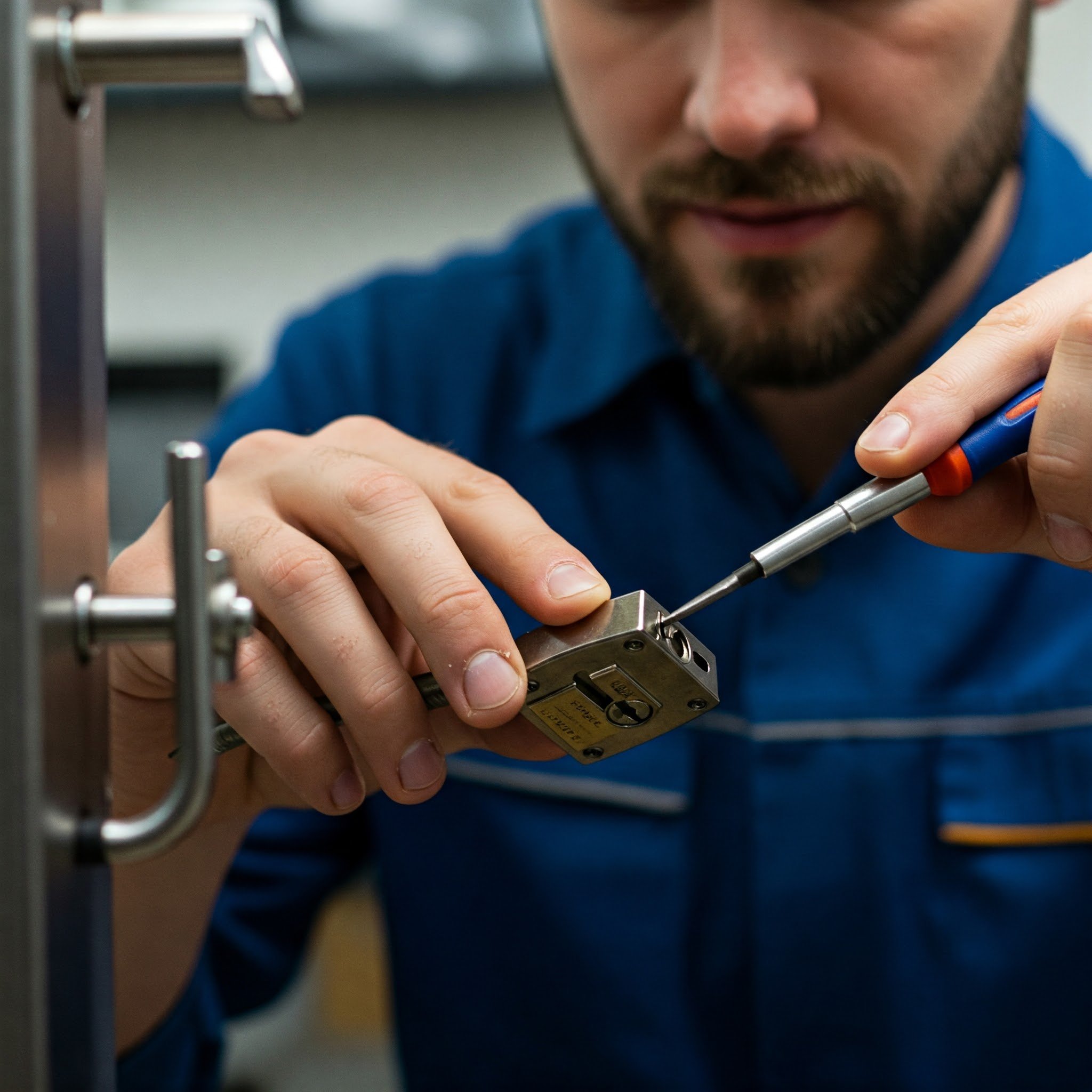Guide to Finding Your Key Type for an Easy Replacement
Struggling to identify your key type? This practical guide helps you recognise it easily and explains how to get fast, stress-free replacement keys anywhere.
Losing a key can feel frustrating, especially when you’re not sure what kind you had in the first place. Whether it's for your home, car, or office, identifying the correct key type is the first step to getting a fast and stress-free replacement. Continue reading to find out how to recognise your key type and make the replacement process easier!
Why Knowing Your Key Type Matters
Not all keys are the same. There are different types for different locks, and each comes with its own shape, use, and security level. If you know your key type, you’ll save time and avoid mistakes when looking for replacement keys.
You’ll also be more confident when speaking to locksmiths or key cutting services, helping you get exactly what you need on the first try.
Common Types of Keys
Here are the most widely used key types you’re likely to come across:
1. Cylinder Keys
Used for front doors, especially in uPVC and composite doors.
Recognisable by a long, narrow shape with a series of notches.
Compatible with Euro cylinder or rim cylinder locks.
2. Mortice Keys
Found in older wooden doors, especially internal ones.
Feature a long, flat blade with a specific cut pattern.
Often used in 5-lever mortice locks for better security.
3. Yale Keys
Slim, with a distinctive ridged edge.
Common in newer front or back doors with Yale cylinder locks.
Easy to duplicate.
4. Car Keys
Can be basic metal, flip-style, or fobs with electronic chips.
Modern car keys often include a transponder for added security.
Replacing these usually requires programming as well as cutting.
5. Padlock Keys
Small, simple keys used for garden gates, sheds or lockers.
Often stamped with the padlock brand.
6. Safe Keys
Thick and durable with a complex design.
Usually used for high-security safes.
More specialist and harder to copy.
How to Identify Your Key Type
If you’re looking for the easiest way to identify your key type, there are three simple steps you can take, which are as follows:
Check the Key Itself
Start by examining the key itself, if you have it. Look for any branding or numbers stamped onto the surface, as these can help identify the key type. Next, you should pay attention to its shape and size, whether it’s flat, rounded, notched, or contains a chip, and compare it with common key types online to narrow it down.
Look at the Lock
If the key is missing, turn your attention to the lock it fits. Check for a visible brand name, model number, or any distinctive design features. Taking a clear photo of the lock can also be incredibly helpful when asking a locksmith or key cutting service for advice.
Ask a Locksmith
If you’re unsure, a local locksmith can help you identify the key type quickly. Many offer mobile services and can come to your property to take a look.
Tips for a Smooth Replacement Process
If it’s your first time replacing your key, follow these steps to ensure the process is smooth and straightforward:
Know your key type before visiting a key cutting shop.
Bring a spare key if you have one for faster duplication.
Provide clear photos of the key and lock if you don’t have a spare.
Keep a note of key codes, if available, for future copies.
Final Word
Now that you know how to spot your key type, getting replacement keys should be quick and simple. If you're still unsure, don’t wait around. Speak to a local expert who can identify the key and provide a new one without delay.
Having the right knowledge means less stress when the unexpected happens. Keep this guide handy and stay prepared.








